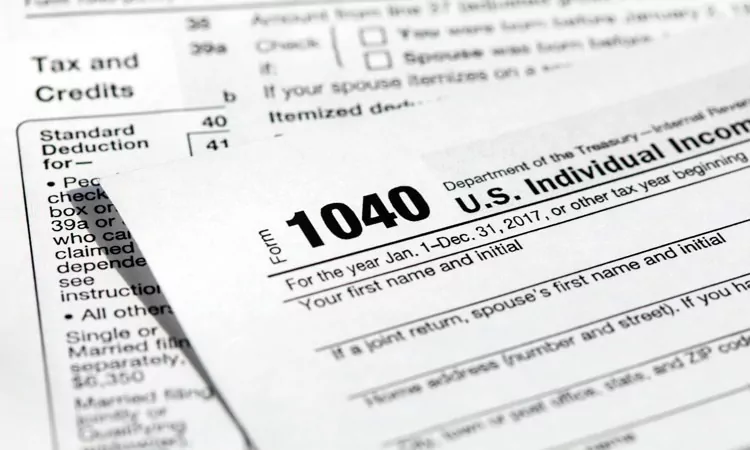
Tax Guide For Retirees Overseas
Got T-SAD?
Have you got T-SAD?
You’ve heard of SAD, Seasonal Affective Disorder—where depression sets in when winter comes…
Well, winter is over for most of us… spring is finally here… but we are now in another “season of discontent.”
I’m talking about tax season.
Many people tear their hair out and fret and worry about filing their taxes at this time of year, and dread finding out what they might owe to the hungry “big bad wolf” (the IRS).
I call it T-SAD… Tax Seasonal Affective Disorder.
I hope you’re not suffering from it… But if you are, my best advice is to get expert help.
(Learn what my team and I discovered when we conducted an exhaustive review of the U.S. tax code.)
April Makes Fools Of Many
It’s tax season in most of the world.
Filing deadlines vary by country, but, generally speaking, we global taxpayers must make our annual filings between the end of March and the end of April.
You don’t want to be an “April Fool” and miss the correct filing deadline…
In the United States, April 15 is the official tax-filing deadline, but, since this falls on a Saturday, and thanks to Emancipation Day (April 16) being a holiday in Washington, D.C.—and observed on Monday, April 17 this year—the filing deadline is Tuesday, April 18…
My recommendation is to file early… or to apply early for an extension. Even with an extra weekend this year, waiting until the last minute to file just adds another layer of stress to what is already one of the most stressful times of the year.
The filing requirements are bad enough… then, of course, is the question of whether or not you actually owe tax.
The answer to that question depends on many factors. Income, of course, is the starting point, but deductions, investment losses, and the few tax incentives that remain in the United States can bring down your taxable income, maybe significantly.
Then you work through the marginal tax rates for both federal and state taxes.
What’s Different If You’re Overseas?
Taxes are a consideration when shopping options for where to spend time and money overseas. I recommend, though, that you don’t let them distract you from your real objectives and agendas.
You want to understand your tax obligations and liabilities… but you don’t want to let them keep you from making a move that, taxes notwithstanding, you’d really like to make.
When trying to size up their potential tax liability in another country, most people Google the tax rates in the jurisdiction on their radar, identify the highest marginal rate of tax, and then maybe start weeping.
The highest marginal rate in the United States is 37%. For the 2022 tax year (filed this year), you’ll pay that 37% only on every taxable dollar over US$539,900.
That’s the case in most other countries, as well, though the income bands are generally smaller, meaning you get to the highest marginal rate with less taxable income.
In France, for example, you’ll start paying the 45% top rate on income over 168,994 euros. That’s just over US$180,000, which is far short of US$539,900… and 8% more than the top rate in the United States.
Not As It Appears…
However, you need to remember two important mitigating factors when it comes to figuring how much tax you might owe if you’re living or investing in France.
First, there’s no such thing as state tax…
And, second, household income is divided by the household factor before the marginal tax rates are applied.
The first point is straightforward. You have but one income tax to contend with in France rather than two (or more if you live in a city and/or county that charges its own additional income tax) in the United States.
The second factor takes into account the number of people in the household. If you’re single, your divisor is one. A couple counts as two. A family of four counts as three because each of the first two children only count as half. A family of five counts as four. Divide your household income by your household factor and that’s the taxable income that indicates your marginal tax band.
Bottom line, similar to the official tax filing date, which can change depending on the circumstances of the calendar, your actual income tax depends on the specific factors of how a country makes the calculation. And that’s just income tax.
Other taxes to consider are property, sales, and inheritance.
As I wrote to you recently, take a look at the big picture before making a final decision on where to live or invest overseas. Jumping to a conclusion based on the top marginal tax rate alone could keep you from making a move you really ought to make.
Stay diversified,
Lief Simon
Editor, Offshore Living Letter




